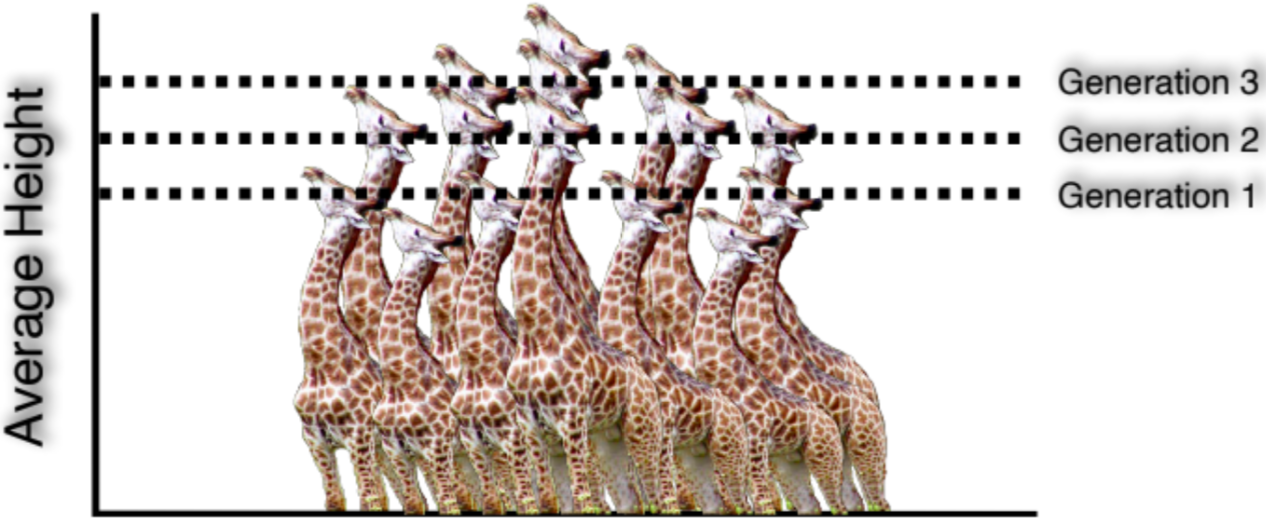5.1 Early Theories of Evolution
1/8
Name | Mastery | Learn | Test | Matching | Spaced |
|---|
No study sessions yet.
9 Terms
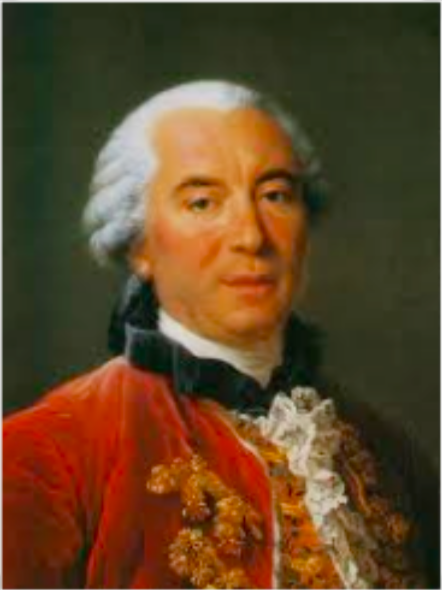
Who is this? What Theory did they propose?
Early belief was Earth and all life on it were immutable (unchanging over time)
Largely influenced by religion and philosophy
Believed humans and apes have a common ancestor and that species changed over time
Earth was 6,000 years old
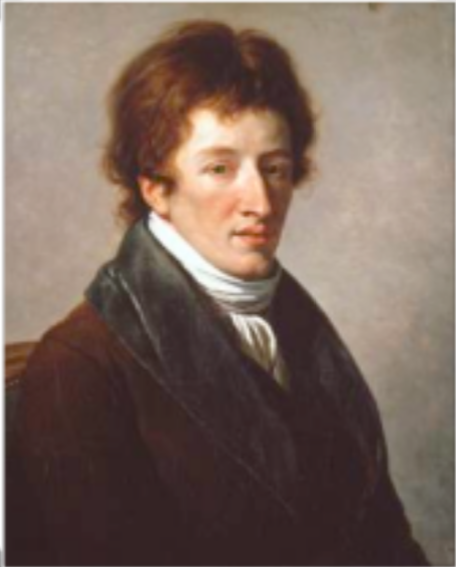
Who is this? What Theory did they propose?
studied rock stratum and found that older stratum contained fossils of dissimilar species
Catastrophism - Earth experiences destructive natural events that kill many species in a region
Explained reappearance of fossils - species from nearby regions would repopulate affected area
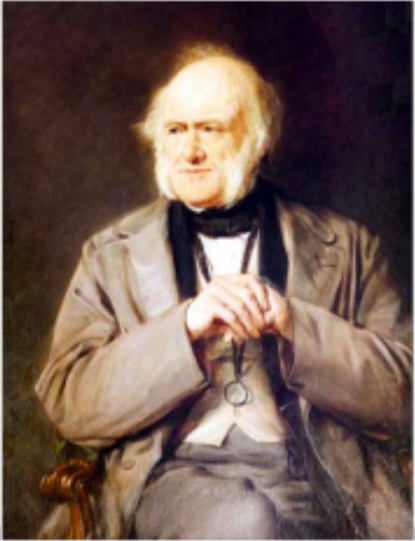
Who is this? What Theory did they propose?
believed Earth was much older than a few thousand years (closer to billions of years old)
Based on rate of erosion, Niagara Falls is 35,000 y/o
Earth is billions of years old
Principle of Uniformitarianism - rate at which geological processes occur today (very slowly) has not changed over time
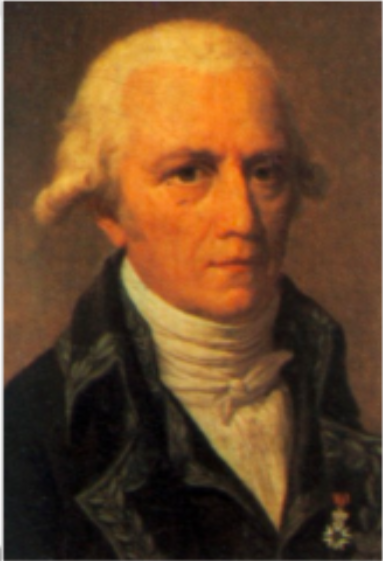
Who is this? What Theory did they propose?
Jean Baptiste Lamarck
first to suggest that environment plays a role in this change
Use and Disuse - individuals adapt to environmental conditions
Inheritance of Acquired Traits - the passing adaptations on to offspring
Explain Lamarck’s Hypothesis
Summary: An individual could change its morphology through use of a body part and this change is passed on to its descendants
Supporting Evidence: None
Genetic traits are passed on through gametes only (changes to body cells do not get passed on)

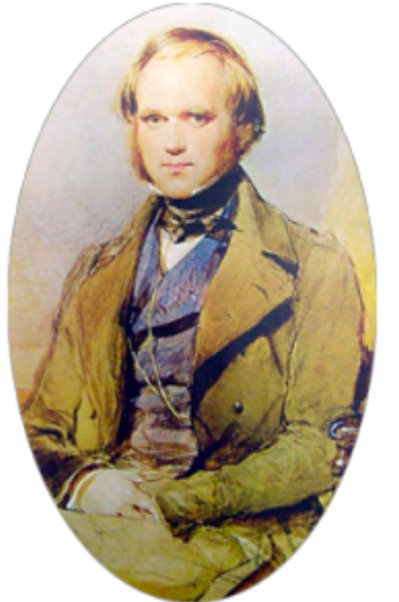
Who is this? What Theory did they propose?
Charles Darwin
observed that living things show great diversity in morphology (the study of the forms of things)
Like Lamarck, he believed that environment was cause, but mechanism was different
Darwin’s theory built on work of Lyell and Thomas Malthus
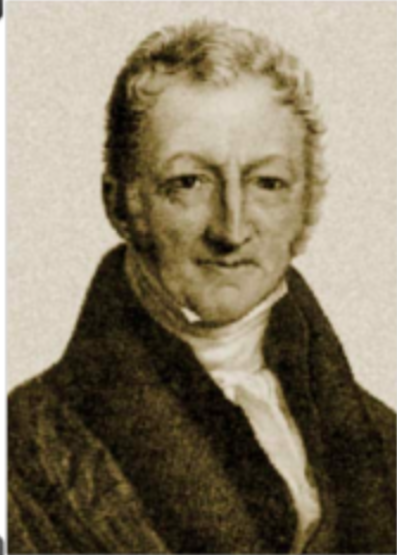
Who is this? What Theory did they propose?
Malthus
“since people reproduce at a greater rate than their available resources = causes a struggle for survival”
Genetic variation causes some to have traits that allow them to survive, reproduce and pass traits on
Who is this? What Theory did they propose?
Alfred Wallace
independently arrived at same conclusion as Darwin
Together they developed Theory of Natural Selection
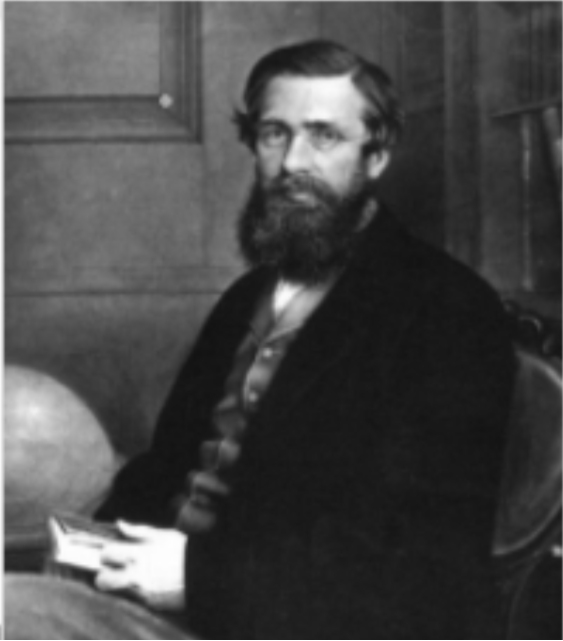
Explain The Theory of Natural Selection
For any trait, there is variation in population
When environmental conditions change, individuals that possess a favoured trait enjoy differential survival and reproduction (trait becomes more common in next generation)
